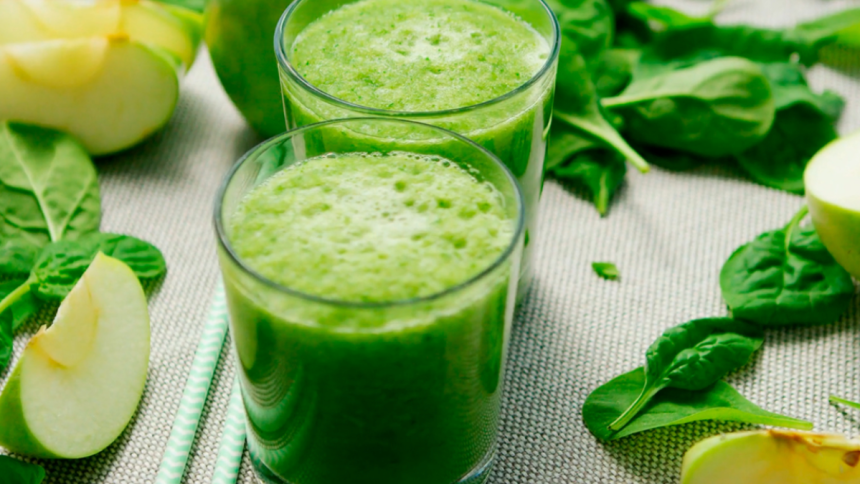Kava and kratom are two of the most popular botanical drinks out there—but combining them at home can be tricky. Each one works differently, and if you’re not careful with the way you prepare your drink, you might weaken or waste the very effects you’re looking for.
Whether you’re trying to boost your mood support routine, unwind without alcohol, or explore new non-caffeinated options for your day, the key is balance. Let’s break down how to make a kava kratom drink that actually works—without destroying its natural impact.
Kava and Kratom: Know What You’re Working With
Before you mix kava and kratom, it helps to know what each one brings to the table.
Kava is a calming root from the South Pacific. People drink it to relax, loosen up, or wind down at night. It works on your body’s natural chill system (the GABA system), and feels more grounding than sedating.
Kratom is a leaf from Southeast Asia. Depending on the type and amount, it can feel either energizing or soothing. That’s because it contains a mix of active compounds, including mitragynine and small amounts of 7-hydroxymitragynine, which are often concentrated in premium 7-hydroxymitragynine products.
In short:
- Kava = smooth, calming, good for stress or sleep
- Kratom = can go either way (focus or chill), based on the dose and strain
Both are powerful on their own. Mixing them works best when you understand how they interact, so you don’t cancel out the effects or go overboard.
Step 1: Know What Each Plant Brings to the Table
A kava kratom drink blends two botanicals that offer very different effects—so understanding each one is essential. Kava is a root traditionally used in the South Pacific. It’s known for helping people ease into a more relaxed state and may be part of a calming routine. It works on the GABA system, and its effects are often described as grounding or smooth.
Kratom, from Southeast Asia, is a leaf with alkaloids like mitragynine that may offer support for motivation, physical comfort, or general energy support depending on dose and strain.
They’re both plant-based, but not interchangeable. Mixing them without knowing how they interact can dull their potential.
Step 2: Choose the Right Form for Each
For kratom:
- Powder is most popular, but can be gritty or hard to mix
- Capsules aren’t ideal for drinks unless opened and emptied
- Extracts or shots can be measured more precisely, but require careful portioning
For kava:
- Instant kava or ready-to-mix powders blend best into drinks
- Traditional root powder needs straining and kneading to be effective
- Pre-made RTDs (ready-to-drink) can be added directly, but may be flavored
Avoid using weak instant kava or overly diluted kratom tea if you want your drink to actually do something.
Step 3: Pick Your Base Liquid Carefully
This part is often overlooked, but it makes or breaks the drink.
- Avoid acidic juices (like citrus or pineapple). These can interfere with kava’s emulsifying process and may upset the stomach with kratom.
- Coconut milk, oat milk, or almond milk are great for blending both plants smoothly
- Lukewarm water (not hot) is ideal for preserving kava’s kavalactones and kratom’s alkaloids
- Avoid alcohol when mixing these two—it’s neither safe nor recommended
Stick with creamy, neutral bases to keep flavor and function in check.
Step 4: Combine Gently—Not All at Once
If you dump everything into one cup and stir, you might end up with a chalky mess and underwhelming effects.
Here’s a better method:
- Start with your liquid base in a shaker or blender
- Add your kratom powder or extract and mix until fully dissolved
- Add kava last (if using powder, knead separately in water and strain into the blend)
- Mix thoroughly but gently
Don’t overblend or overheat. High-speed blending can break down kavalactones. Just enough to unify the texture is best.
Step 5: Balance the Ratios
For most users, the key is less is more. You don’t need a huge amount of either plant to get benefits—and too much can cancel out what you’re aiming for.
Here’s a basic ratio for first-timers:
- 1.5–2 grams kratom powder (or equivalent in extract)
- 1–2 teaspoons instant kava (or 4–6 oz of strained kava tea)
You can adjust over time, but this keeps things level-headed and avoids overpowering one side.
Step 6: Add-Ins That Boost (Not Kill) the Effects
Some ingredients mix well without ruining your drink’s potential. Consider:
- A splash of vanilla oat milk for a smoother texture
- A pinch of cinnamon or turmeric for depth
- A drop of stevia or monk fruit if bitterness is an issue
- Ginger root for digestion without affecting potency
Avoid caffeine, citrus, or strong artificial sweeteners. They can interfere with how the drink is absorbed.
Step 7: Drink Mindfully, Not Fast
Both kava and kratom work best when you sip slowly, not chug. You want to give your body time to adjust and absorb the activities properly.
For best results:
- Drink over 20–30 minutes
- Be in a calm environment where you can observe the effects
- Avoid stacking with other botanicals until you know how this mix feels
Common Mistakes to Avoid
- Too much powder: This doesn’t make it better—just messier and harder on your stomach
- Hot liquids: Can damage kava’s active compounds
- Over-mixing: Overheating or high-speed blending can separate or deactivate actives
- No measuring tools: “Eyeballing” extracts leads to inconsistent effects and can be risky
Use teaspoons, mg scoops, or mini digital scales if you’re working with concentrated forms.
Final Thoughts: Balance Is the Win
Making a kava kratom drink at home can be effective, tasty, and rewarding—but only if you respect how these botanicals work. Both are subtle, layered plants that interact with your system in real-time.
By focusing on portion control, choosing the right liquid base, and mixing slowly with intention, you can enjoy the benefits without blunting the effects.
Ready to try it? Start small, take notes, and adjust to your own rhythm.
Lynn Martelli is an editor at Readability. She received her MFA in Creative Writing from Antioch University and has worked as an editor for over 10 years. Lynn has edited a wide variety of books, including fiction, non-fiction, memoirs, and more. In her free time, Lynn enjoys reading, writing, and spending time with her family and friends.















